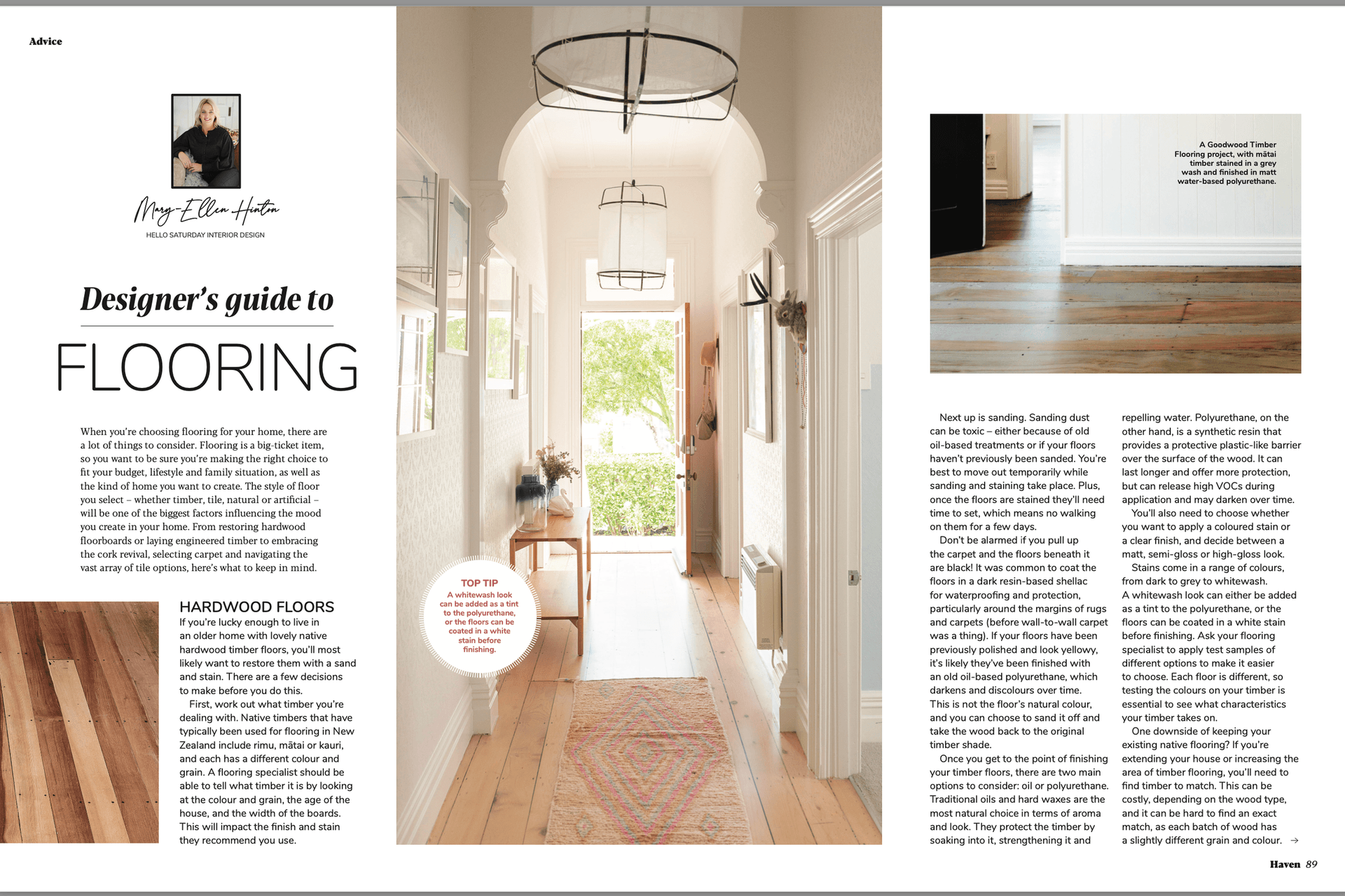Designer's Guide to Flooring
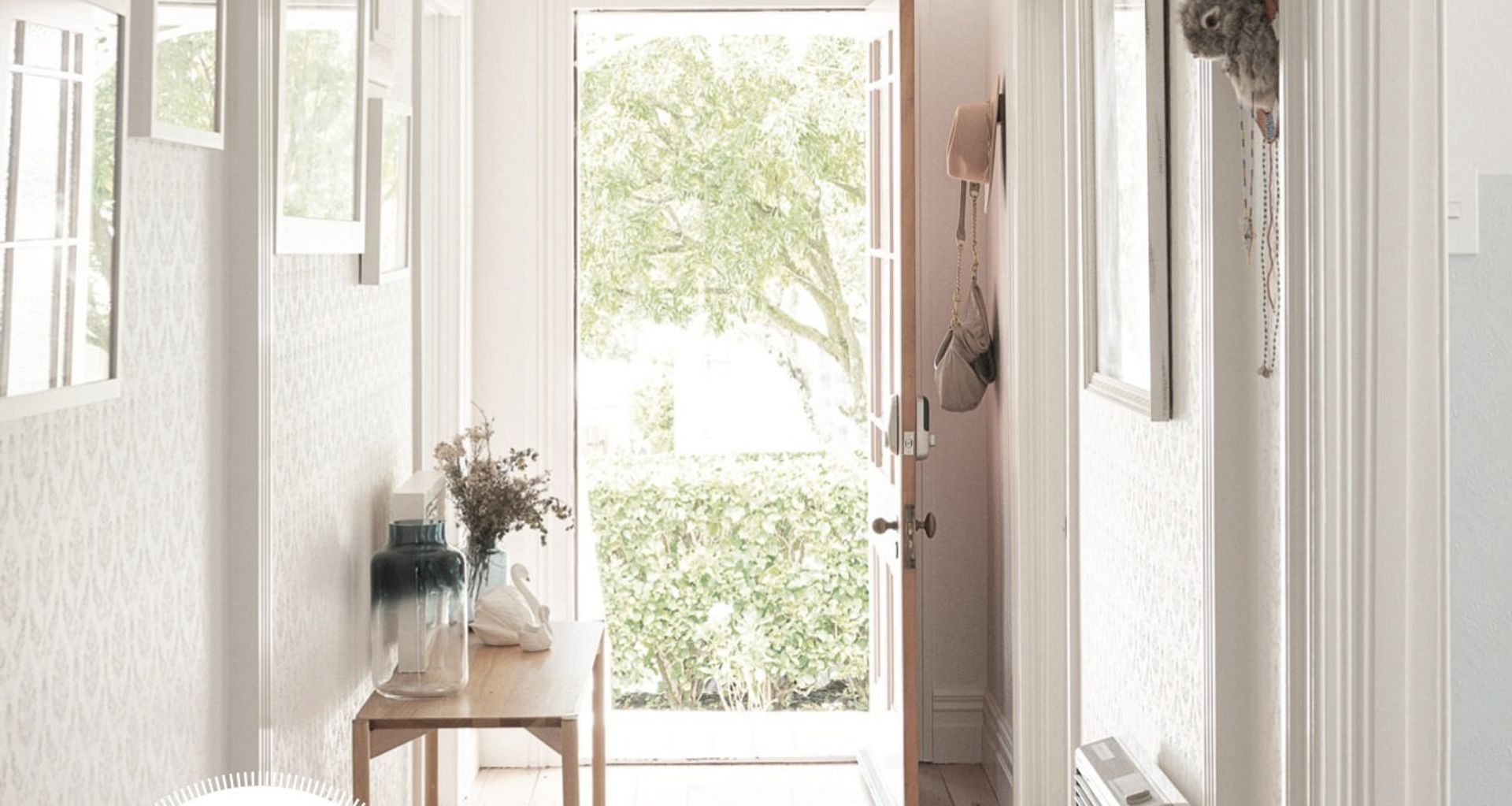
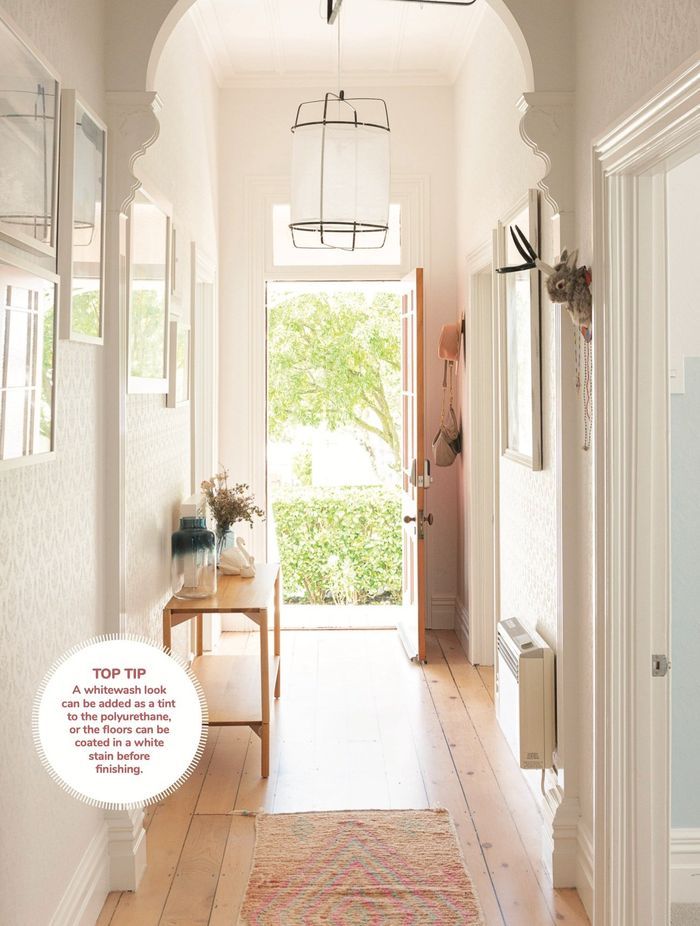
When you’re choosing flooring for your home, there are a lot of things to consider. Flooring is a big-ticket item, so you want to be sure you’re making the right choice to fit your budget, lifestyle and family situation, as well as the kind of home you want to create. The style of floor you select – whether timber, tile, natural or artificial – will be one of the biggest factors influencing the mood you create in your home. From restoring hardwood floorboards or laying engineered timber to embracing the cork revival, selecting carpet and navigating the vast array of tile options, here’s what to keep in mind.
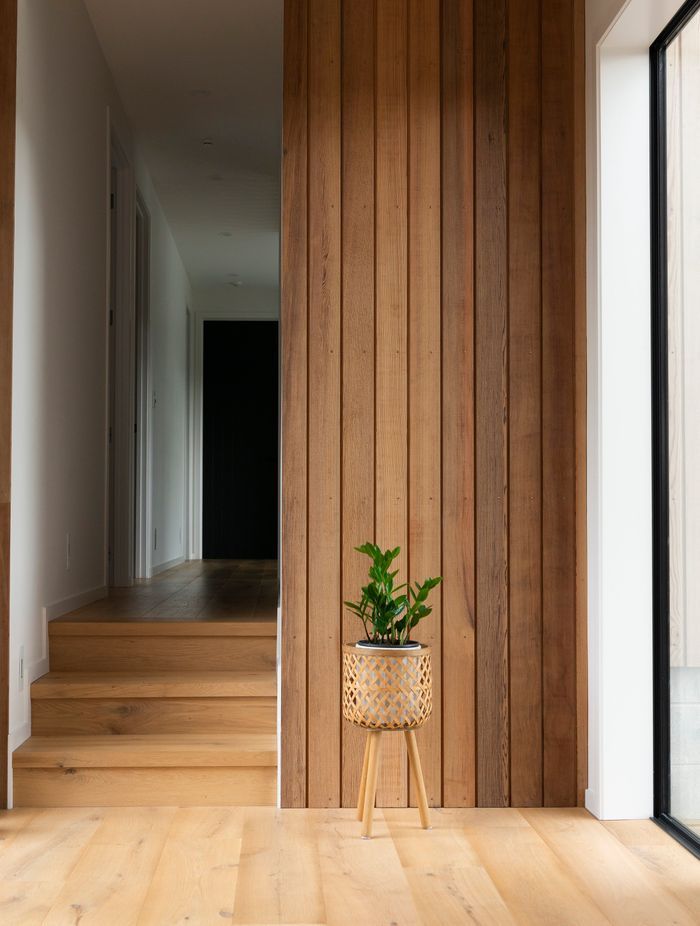
HARDWOOD FLOORS
If you’re lucky enough to live in an older home with lovely native hardwood timber floors, you’ll most likely want to restore them with a sand and stain. There are a few decisions to make before you do this.
First, work out what type of timber you’re dealing with. Native timbers typically used for flooring in New Zealand include rimu, matai or kauri – and each has a different colour and grain. A flooring specialist should be able to tell what timber it is by looking at colour and grain, the age of the house, and the width of the boards. This will impact the finish and stain they recommend you use.
Next up is sanding. Sanding dust can be toxic – either from old oil-based treatments or if your floors that haven’t previously been sanded. You’re best to move out temporarily while sanding and staining take place. Plus, once the floors are stained they’ll need time to set, which means no walking on them for a few days.
Don’t be alarmed if you pull up the carpet and the floors beneath it are black! It was common to coat the floors in a dark resin-based shellac for waterproofing and protection, particularly around the margins of rugs and carpets (before wall-to-wall carpet was a thing). If your floors have been previously polished and look yellowy in colour, it’s likely they’ve been finished with an old oil-based polyurethane, which darkens and discolours over time. This is not the floor’s natural colour, so you can choose to sand it off and take them back to the natural timber shade.
Once you get to finishing your timber floors, there are two main options to consider – oil or polyurethane. Traditional oils and hard waxes are the most natural choice in terms of aroma and look. They protect the timber by soaking into it, strengthening it and repelling water. Polyurethane, on the other hand, is a synthetic resin that provides a protective plastic-like barrier over the surface of the wood. It can last longer and offer more protection, but releases high VOCs during application and may darken over time.
You’ll also need to choose whether you want to apply a coloured stain or a clear finish, and decide between a matte, semi-gloss or high gloss look. Stains come in a range of colours from dark to grey to whitewash. A whitewash look can either be added as a tint to the polyurethane, or the floors can be coated in a white stain before finishing. Ask your flooring specialist to apply test samples of different options to make it easier to choose. Each floor is different, so testing the colours on your timber is essential to see what characteristics your timber takes on.
One downside of keeping your existing flooring is that, if you’re extending your house or increasing the area of timber flooring, you’ll need to find native timber to match. This can be expensive, depending on wood type, and it can also be hard to find an exact match, as each batch of wood has a slightly different grain and colour.
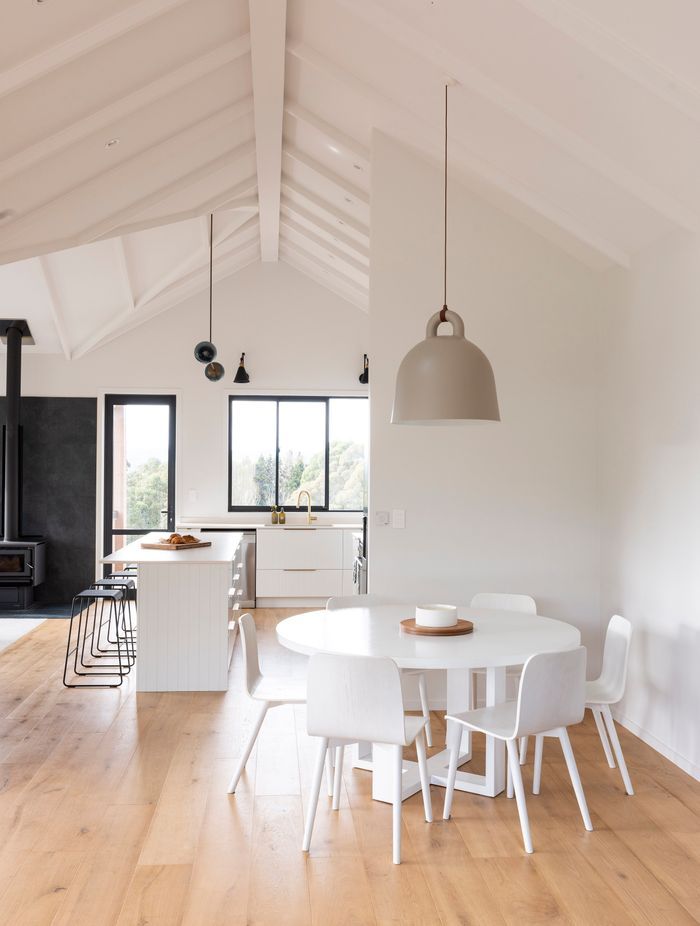
ENGINEERED TIMBER
This is a multilayered flooring option made up of a timber veneer or laminated surface layer that sits on
a cheaper substrate of ply, pine or rubberwood. It offers a quick and clean installation process, and the wood doesn’t need to acclimatise before
it’s installed.
There are many engineered wood
options to choose from. The most popular right now are European oak or American pine. You can also choose whether your flooring is smooth or bandsawn (giving it a rough texture), and whether it has knots or no knots.
Engineered timbers can be supplied finished or unfinished. Finished timber is quick and easy to lay and doesn’t need to be sanded and polished – once down, it’s ready to go, so you won’t need to move out while it’s laid.
Be aware that not all engineered timbers are created equal. Not only
is there a plethora of options when it comes to the colour and texture of the timber (the part you see), but you’ll also find many variants of the substrate beneath – from birch ply to pine or cheaper MDF. The thickness of the wood layer on top makes a big difference to how long your engineered flooring lasts, and how many times it can be sanded over its lifetime. Solid timber flooring will age gracefully,
is extremely long-lasting and can be sanded many times, but is often more expensive and can be less sustainable.
CORK
Cork flooring is seeing a resurgence, long after its 1970s heyday. Used on floors or walls, it provides natural acoustic insulation and low conductivity
of noise and vibration. It also has excellent thermal insulation, is resistant to fire and high temperatures, and is hypoallergenic. Cork flooring comes in a variety of options, including traditional cork tiles, and Hydrocork, which is an engineered option in which a thin layer of recycled wood is applied to the surface of cork flooring, making it look like oak or other real wood finishes.
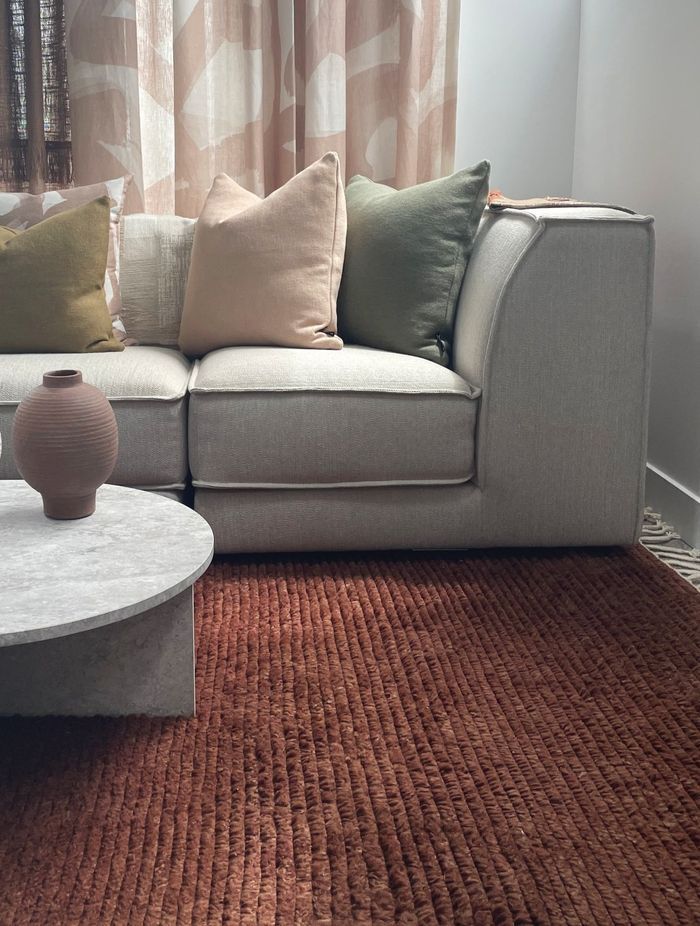
RUGS
Using rugs in your home creates an extra layer of depth. Interior designers love layers, whether it’s blankets on beds or rugs on floors. In an open living area, rugs can define different zones and bring more colour and texture to the space. One of the most common questions I’m asked is, “How big should my rug be?” In a living room, your rug should sit wider than the sofa (ideally by about 50cm at either end) as that will help ground the space. The rug doesn’t need to sit all the way to the back of the sofa
or chairs, but should at least sit under the front legs.
A hall runner it should be at least 80cm wide, and reach to within 15-20cm of the walls. One golden rule: rugs never go on carpet. Tiles or timber floors only, please!
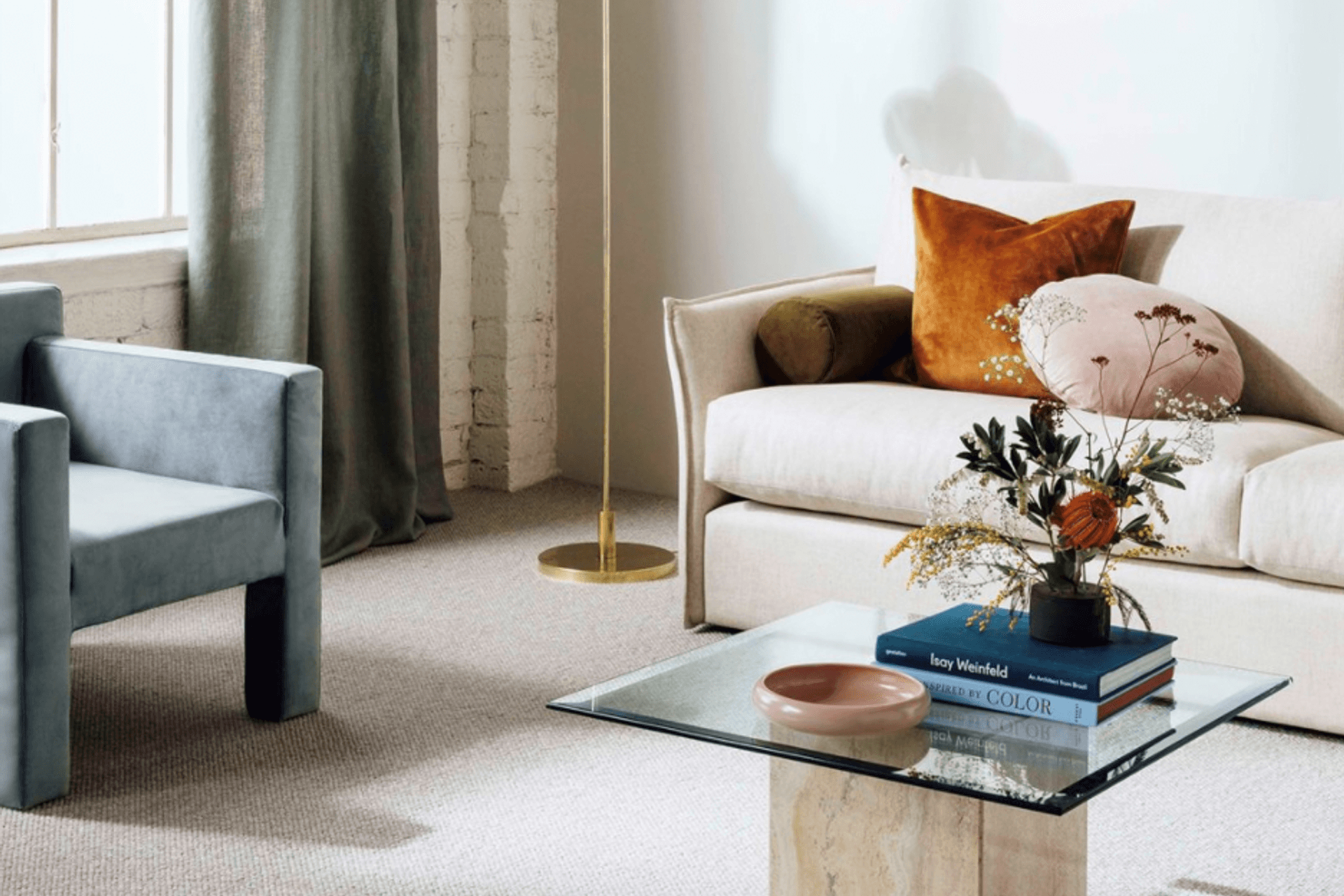
CARPET
In my view, there are two main options when it comes to carpet: wool or solution-dyed nylon. Each has advantages. Solution-dyed nylon is fade-proof and stain-proof, so if you have a home with very high sun, this might be the way to go. Homes with young families will also love the bulletproof nature of nylon carpet – you can use a mix of 50 percent water and 50 percent bleach to remove most stains. It’s also super soft for sitting and lying on. However, more and more, we are seeing the renaissance of wool carpet. Wool
is natural, long-lasting, and has inherent qualities that repel water
– think sheep standing around in
a field! Also, the colours and textures simply can’t be replicated with nylon.
Both wool and nylon carpets come in cut pile (where the carpet fibres stand straight up) or loop pile (where the fibres are looped over and knotted). Ninety percent of nylon carpets will be cut pile, while loop pile is most popular for wool. Cut pile shows a lot of “tracking” – where you can see marks on the surface of the carpet after you vacuum or walk on it.

TILES
When it comes to choosing tiles, it can feel like there’s an overwhelming amount of choice. You can either be very restrained or go crazy! So before you head to your local tile store, decide on the general style and colour of tile you want. (This is where using an interior designer is worth every penny).
In New Zealand, we mainly see tiles in entrances, bathrooms, and patios, while in places like Australia and Europe you’ll find homes that are tiled throughout. I think this is less practical in New Zealand’s wet, damp climate.
Using patterned or textured tiles as a feature on the floor can be striking, and adding colour or pattern creates a real wow factor in a smaller space, such as an entrance or bathroom. I often suggest mixing the types of tiles used in a bathroom, so some walls use bigger tiles while others use smaller mosaics. This breaks up the zones of the room, and creates interest because your eye is led around the room

MARY-ELLEN’S PICKS Timber, tile, cork or carpet – we have your flooring covered.
1 Grespania Corinto porcelain tile, from Independent Ceramics. 2 Cork Pure, from Quantum. 3 Napier ceramic tile in motif navy, from TileHaus. 4 Ossidi porcelain stoneware tile in Celeste, from The Tile People. 5 Galet chunky loop-pile wool carpet in indigo, from Bremworth. 6 Embered decking in weathered oak, from Millboard. 7 Cementine Black & White porcelain stoneware tile, from The Tile People. 8 Levante loop-pile wool carpet in glazed grey, from Bremworth. 9 Artic Blanco porcelain tile from Independent Ceramics. 10 Moda Isola engineered European oak, from Forté. 11 Henley Grove engineered European oak, from Vida Space. 12 Argo wool rug in midnight, from Armadillo Rugs. 13 Tribeca subway tile in black, from Artedomus. 14 Madeline Decor ceramic tile, from Artedomus.
